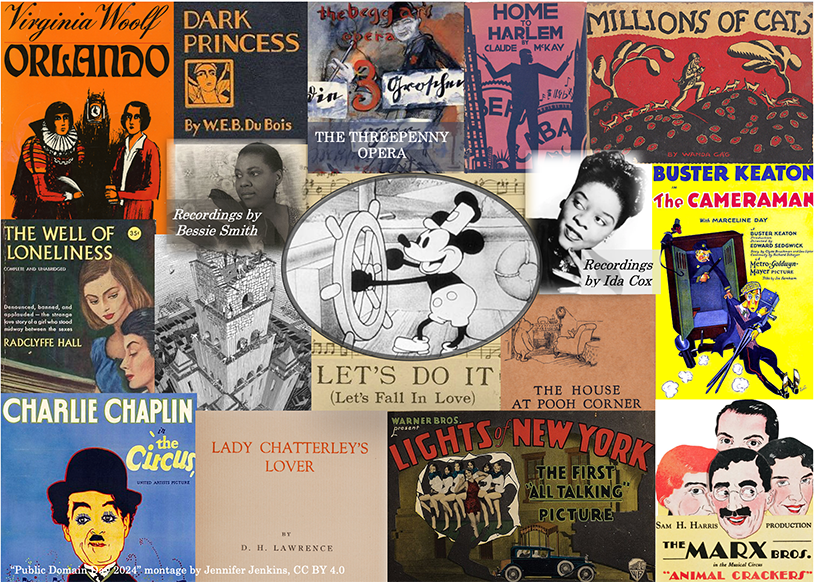Are pinecones related to pineapples? This was the unexpected question with which my wife confronted me as we woke up this morning. As luck would have it, Dominic Walliman has given us an entertaining way to check: just a few days ago he released his Map of Plants, through which he gives a guided tour in the video from his Youtube channel Domain of Science. Here on Open Culture, we’ve previously featured Walliman’s maps of biology, chemistry, medicine, quantum physics, quantum computing, and doom, all of which may seem more complex and daunting than the relatively familiar plant kingdom.
But if you compare the Map of Plants to Walliman’s previous creations, downloadable from his Flickr account, you’ll find that it takes quite a different shape — and, unsurprisingly, a more organic one.
It’s a help to anyone’s understanding that Walliman shot sections of his explanatory video at the Royal Botanic Gardens, Kew, which affords him the ability to illustrate the species involved with not just his drawings, but also real-life specimens, starting at the bottom of the “evolutionary tree” with humble algae. From there on, he works his way up to land plants and bryophytes (mostly mosses), vascular plants and ferns, and then seed plants and gymnosperms (like conifers and Ginkgo).
It is in this section, about six and a half minutes in, that Walliman comes to pinecones, mentioning — among other notable characteristics — that they come in both male and female varieties. But he only reaches pineapples six or so minutes thereafter, having passed through fungi, lichens, angiosperms, and flowers. Belonging to the monocots (or monocotyledons), a group that also includes lilies, orchids, and bananas, the pineapple sits just about on the exact opposite end of the Map of Plants from the pinecone. The similarity of their names stems from seventeenth-century colonists in the new world encountering pineapples for the first time and regarding them as very large pinecones — an association visibly refuted by Walliman’s map, but forever preserved in the language nevertheless.
Related content:
1,100 Delicate Drawings of Root Systems Reveals the Hidden World of Plants
Based in Seoul, Colin Marshall writes and broadcasts on cities, language, and culture. His projects include the Substack newsletter Books on Cities, the book The Stateless City: a Walk through 21st-Century Los Angeles and the video series The City in Cinema. Follow him on Twitter at @colinmarshall or on Facebook.








